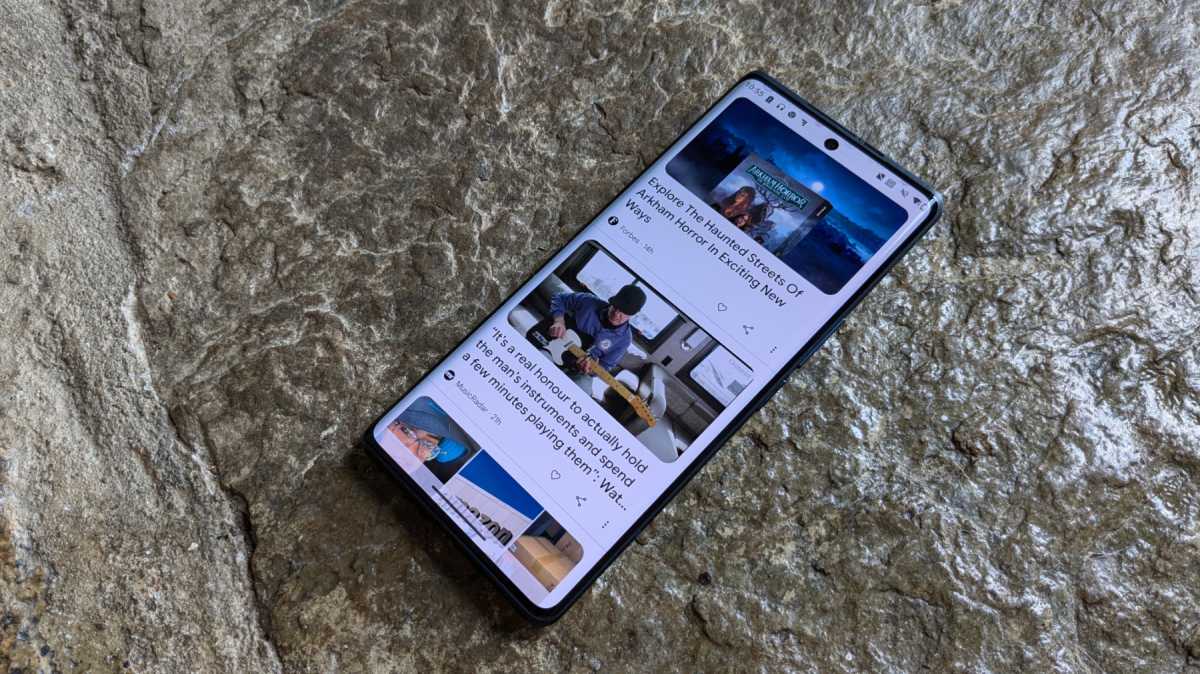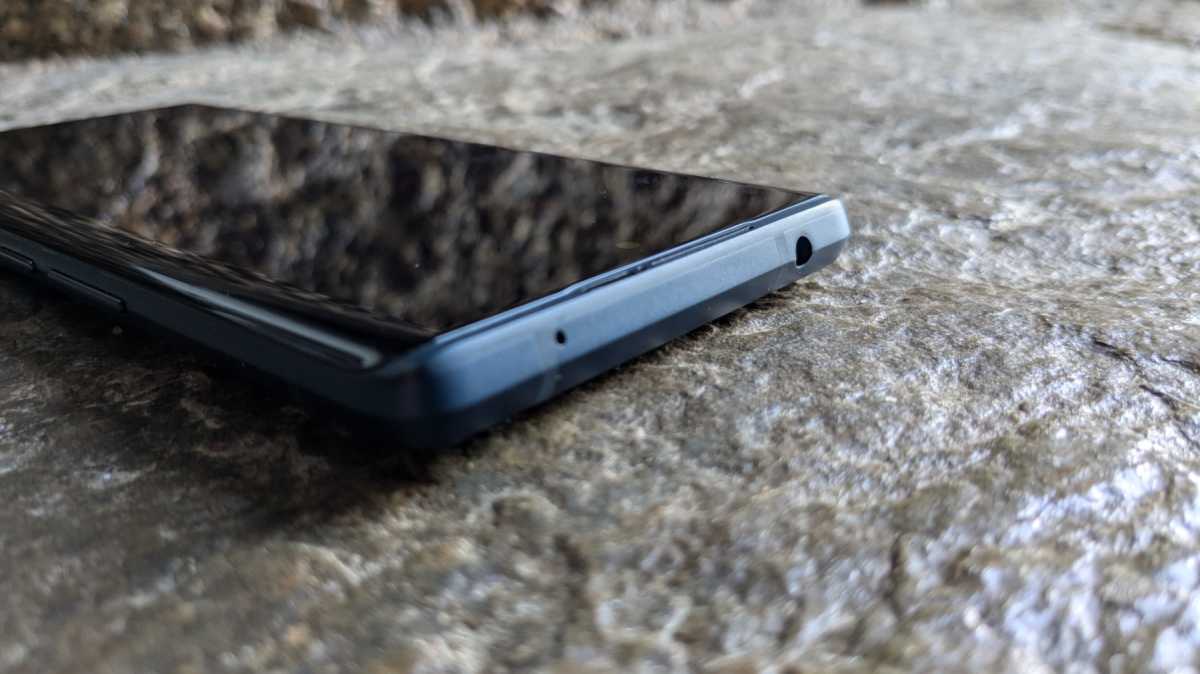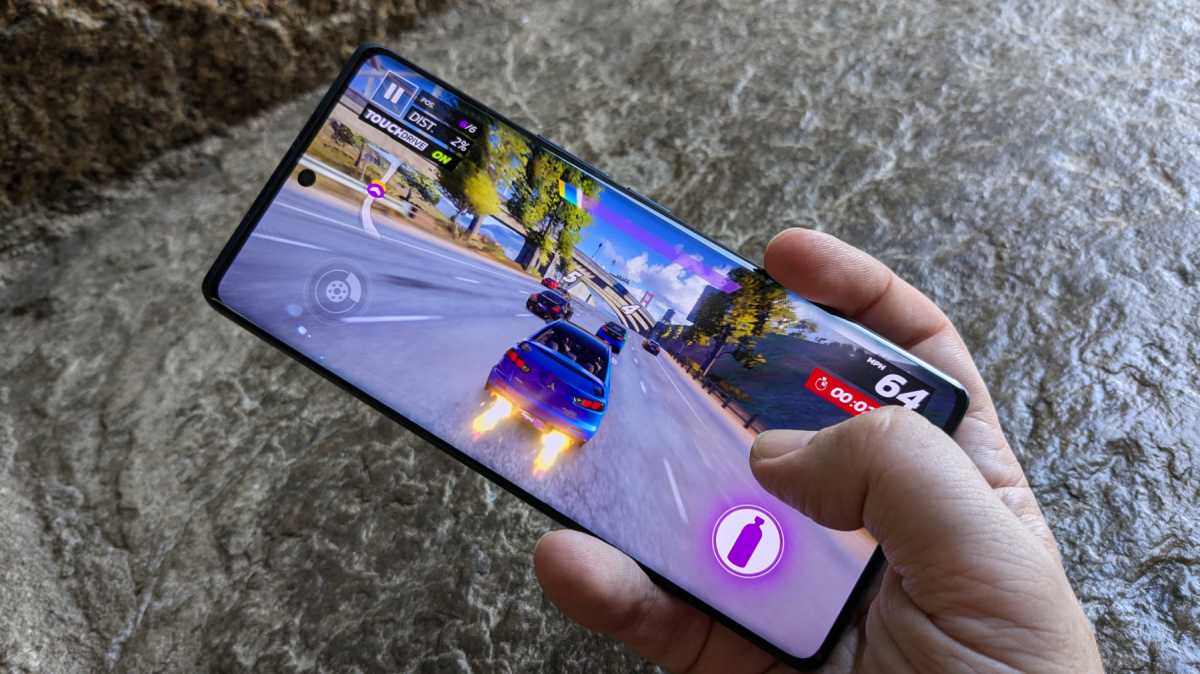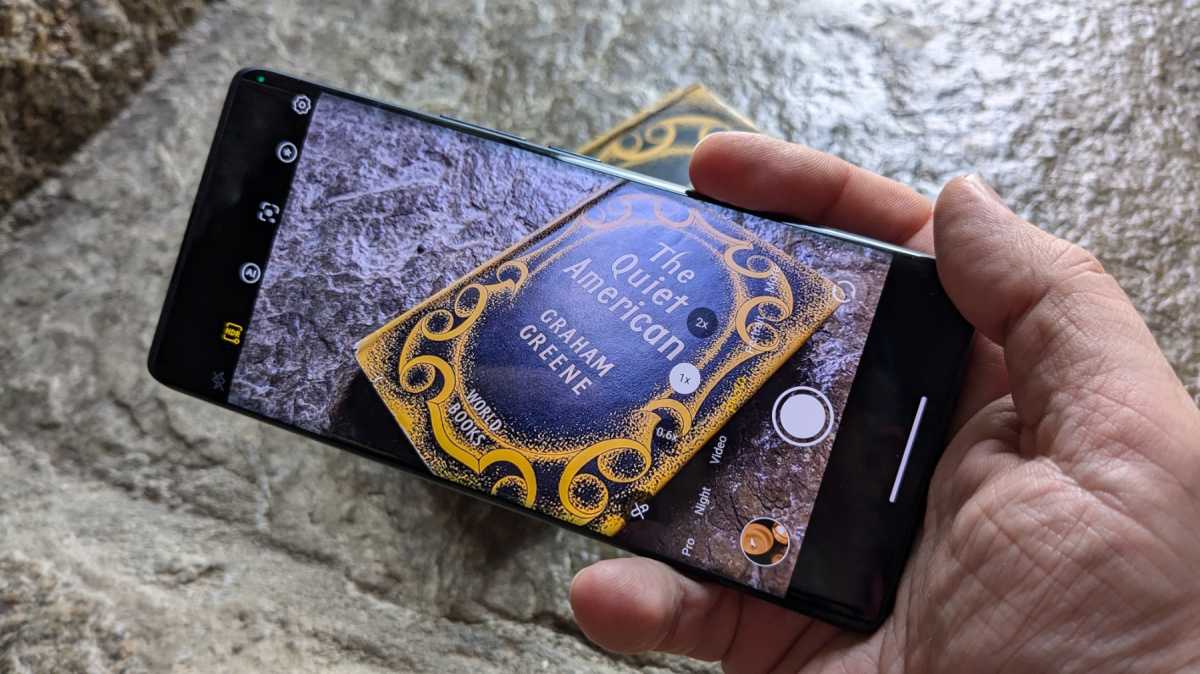Expert’s Rating
Pros
- Bright, responsive screen
- Solid performance
- Wireless and reverse wireless charging
Cons
- Prone to accidental taps
- Requires case for comfortable use
- Buggy camera software
- Only two years of updates
Our Verdict
The HTC U24 Pro has some nice touches, but strange bugs, awkward handling, and a short lifespan make it hard to recommend over rivals such as the OnePlus Nord 4 or Pixel 8a. Unless you’re buying it purely for nostalgia, I can’t recommend it.
Price When Reviewed
This value will show the geolocated pricing text for product undefined
Best Pricing Today
Anyone who’s been a fan of phones for a while will know the name HTC.
For a while, the Taiwanese company was one of the leading producers of quality handsets and looked set to dominate for years. In fact, my first proper Android phone was the HTC Desire, which is still a classic design to this day.
But things didn’t quite go to plan, and the company fell away after a series of unenthusiastically received releases. Last year marked the return of the legendary brand, with the introduction of the HTC U23 Pro, an unremarkable mid-range phone that failed to cut through the very crowded pack. Now, it’s back again with the U24 Pro. So, has the magic returned or will HTC fade away once more? I tested the HTC U24 Pro to find out.
Design & Build
- Improved design over the U23 Pro
- Curved edges
- IP67 waterproof rating
When we reviewed the U23 Pro, design wasn’t one of its strengths. The phone had a chunky, mainly plastic frame that was heavy in the hands. HTC seems to have taken note, as the U24 Pro improves in all these areas. Admittedly, it’s still a little on the heavy side, but the 199g is pretty much par for the course when it comes to modern mid-range Android phones.
Martyn Casserly
The chassis is now aluminum rather than plastic, giving it a sturdy feel, while the rear panel is a thin plastic with a luminescent blue finish that changes as you angle it in the light. It’s a reasonably large device, with dimensions of 167.1 x 74.9 X 8.98 mm, making it taller but narrower than the U23 Pro while retaining around the same thickness.
Curved edges on the 6.8-inch display and the rear panel make it feel less bulky in the hand, reminding me of the Samsung Galaxy S8 and Galaxy S9 Plus models of yesteryear. That being said, the phone is a handful, not that grippy and a little top-heavy, so you’ll really want to buy a case (as the device doesn’t ship with one).
HTC sells a good-looking one on its site for £24.99, but I also found a few cheaper options on Amazon that could also do the job. A case could also help with the camera bump on the back, which makes the U24 Pro wobble when placed on a flat surface.
The phone is a handful, not that grippy and a little top-heavy, so you’ll really want to buy a case
Around the frame of the device, you’ll find a USB-C charging port, dual Nano-SIM tray (which also supports Micro-SD cards), power, and volume controls, and a 3.5mm headphone jack. There’s a speaker grille on the bottom edge, plus a slim slit along the top of the front panel that acts as the output for call audio and as an accompanying speaker for general sound. It’s not quite the dual front-facing speakers of the HTC One days, but it’s good to see HTC offering a few nods towards its innovative past.

Martyn Casserly
An IP67 water and dust resistance rating means the U24 Pro should survive liquid spills and even a short dunk, so you don’t have to be too careful with it around water.
Screen & Speakers
- 6.8-inch FHD+, 120Hz OLED display
- Under-display fingerprint sensor
- Overly sensitive responses
HTC has gone with a 6.8-inch FHD+ (2436 x 1080) OLED panel on the U24 Pro, which is bright and renders colors in a satisfyingly crisp manner.
The curved edges do mean that there are hardly any bezels at all on the device (it boasts an 88.3% screen-to-body ratio), although I found myself accidentally triggering on-screen commands on quite a few occasions due to the flaky palm rejection software.
The 20:9 aspect ratio does make it practically impossible to reach the upper edge while holding the device in one hand, so it’s very much in the two-hand category.

Martyn Casserly
The panel itself is also quite responsive, perhaps overly so. It wasn’t unusual to accidentally select an option while scrolling through a page. Again, I think a case would help with some of these issues, but without one, I found the U24 Pro a bit awkward to use.
Scrolling is very smooth though, thanks to the 120Hz refresh rate, and watching video content is a pleasurable experience thanks to the large display and the rich colors delivered by the OLED panel. There is a punch-hole for the selfie camera that’s located in the central area near the top of the phone, but that’s par for the course these days.
The OLED panel on the U24 Pro is bright and renders colors in a satisfyingly crisp manner
HTC has also gone with an optical under-display fingerprint reader, as on the U23 Pro, and I found this to be fast and reliable to use throughout my time with the device. That wasn’t the case on the U23 Pro, so HTC has made some improvements this time around.
It also uses Corning’s tough Gorilla Glass to protect the panel but doesn’t specify which version.
Brightness is not an issue, with the 400 nits I measured on the full brightness enough for almost all environments. Very sunny days presented more of a challenge, but the ‘Sunlight mode’ boosted things up to a more visible 700 nits, which did the trick.
Sound comes from the main speaker on the bottom edge, paired with the phone’s earpiece along the top of the front panel. The audio is decent, with enough volume and clarity to make it good for YouTube and Netflix.

Martyn Casserly
If you want to beef things up, the 3.5mm headphone jack is there, or you could use the Bluetooth 5.3 capabilities to connect wirelessly to speakers or headphones.
Specs & Performance
- Snapdragon 7 Gen 3 chipset
- 12GB RAM, 256GB storage
- Micro-SD card expansion up to 2TB
As this is a mid-tier phone, the choice of Qualcomm’s Snapdragon 7 Gen 3 isn’t surprising. However, this does put the U24 Pro at a disadvantage to close rivals like the OnePlus Nord 4, which gets the Snapdragon 7+ Gen 3 and its improved GPU. This makes a difference in the benchmarks and gaming performance, as you’ll see below.
But for everyday tasks, the U24 Pro is a nice and snappy performer. Apps open quickly and run smoothly, including more demanding, graphic-intensive ones.
For everyday tasks, the U24 Pro is a nice and snappy performer
The device is impressively capable for gaming, and I didn’t experience any substantial heating during intense sessions. Yes, the phone gets warm, but not so much to make me worry.

Martyn Casserly
The processor is aided by a generous 12GB of DDR5 RAM, which keeps things ticking along nicely, while the 256GB of UFS 3.1 storage is a welcome addition in this price bracket.
If that’s not enough, simply pop in a Micro-SD card and you can boost it by up to 2TB. That should keep even the most ardent music or movie fan happy for quite some time.
HTC U24 Pro benchmarks
Cameras
- 50Mp + 50Mp + 5Mp rear cameras
- 50Mp front-facing camera
- Software bugs are a frustration
There’s a triple camera array on the rear of the HTC U24 Pro, comprising a 50Mp f/2 lens with OIS, a 50Mp f/1.88, and an 8Mp f/2.2 camera.
It’s a decent selection of options, which can return some good images. However, the palm rejection issue I mentioned above was also a problem here, resulting in a constant mis-triggering of the Google Assistant while trying to take pictures, which was very frustrating.
I did find a workaround by going into the settings and changing the navigation from the software buttons to gestures. This seemed to solve the issue, as the software no longer thought I was pressing a button. Still, it’s amazing how dysfunctional the camera was by default.

Martyn Casserly
With this sorted out, I was able to dig into the photographic capabilities of the U24 Pro. The resolutions differ, depending on what format you use. 4:3 uses 13Mp while 16:9 is 9Mp, with a few others on offer. This means that the camera pixel-bins by combining data from four pixels into one, which is standard these days.
The main camera records a balanced cross-section of light and color, with plenty of detail available. Reds do tend to veer towards being a little dull, while greens can pop a little more than how they look in real life.
But overall, the images I managed to get with the U24 Pro were good, especially as the weather meant bright sunny days were rare during my testing.
The main camera records a balanced cross-section of light and color, with plenty of detail available
Low-light photos aren’t particularly impressive, with images appearing murky and not as sharp as I’d like. This can often be a problem with mid-range phones, and sadly the HTC U24 Pro does nothing to buck this trend.
I did notice that the Portrait mode wasn’t as impressive as on other devices – even my wife’s old Pixel 4a could get better bokeh (background blur) – while the focus was often wayward. I’d tap on the subject in the foreground, only to find that the final image would have the background in focus. Sometimes it got it right, but it’s too hit and miss in my opinion.
I also encountered several occasions where the on-screen focus point just refused to acknowledge a touch. This meant I had to try multiple times to get the phone to do what I wanted. Again, it felt like some kind of software issue that hadn’t been ironed out before release.
Video quality goes up to 4K at 30fps. If you want 60fps then you’re limited to 1080p.
To be fair, the footage in that resolution is plenty good enough for sharing online, so it doesn’t feel too big a sacrifice to not have everything in 4K/60fps. The stabilization works well to keep footage smooth, and the exposure tracks changing environments quite well, adjusting quickly to maintain a consistent tone.
Here are some examples of photos I captured with the HTC U24 Pro:
Battery Life & Charging
- 4600mAh battery
- Supports up to 60W fast charging
- 5W reverse charging
The U24 Pro acquits itself well in the battery department, easily making it through the day and not leaving me searching for a charger as the evenings begin.
Although, again, it does lag behind the OnePlus Nord 4 which features a massive 5500mAh cell as opposed to the HTC’s 4600mAh. The OnePlus also offers 100W charging, while the U24 Pro tops out at 60W, but that’s still a respectable speed.
You’ll need to buy a fast charger though, as HTC doesn’t include a charger at all in the box (which is also the case with the OnePlus).
